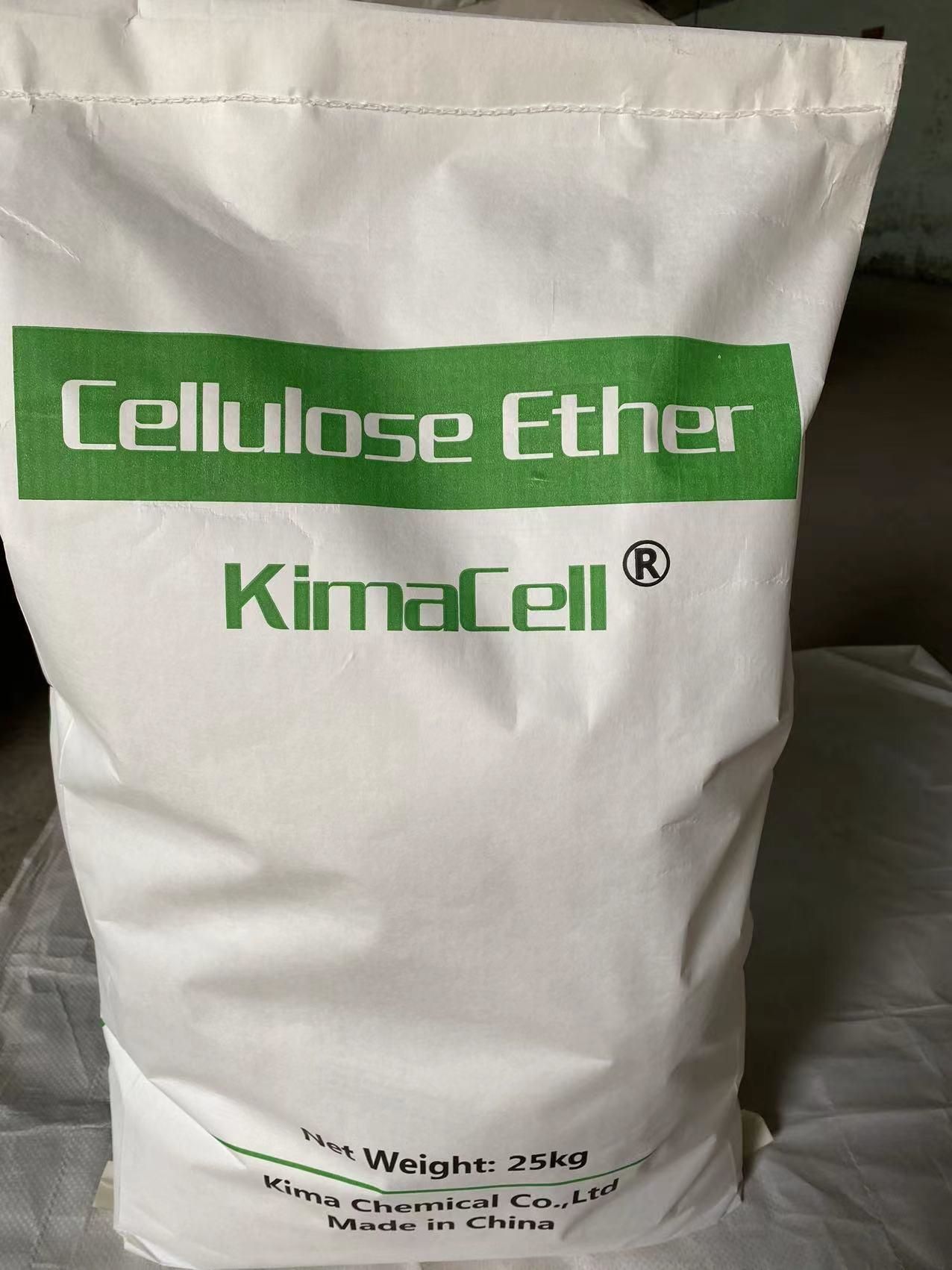About hydroxypropyl methylcellulose during use of putty powder
1. Common problems in putty powder
[Quick drying] This is mainly related to the amount of ash calcium powder added (too large, it can properly reduce the amount of ash calcium powder used in the putty formula) and the water retention rate of hydroxypropyl methylcellulose (HPMC), and it is also related to It is related to the dryness of the wall.
[Skinning and curling] This is related to the water retention rate. Hydroxypropyl methylcellulose (HPMC) has low viscosity and is prone to this situation or the amount of addition is small.
[Powder removal of interior wall putty powder] This is related to the amount of ash calcium powder added (the amount of ash calcium powder in the putty formula is too small or the purity of ash calcium powder is too low, and the amount of ash calcium powder in the putty powder formula should be increased appropriately) At the same time, it is also related to the amount and quality of hydroxypropyl methylcellulose (HPMC), which is reflected in the water retention rate of the product. The water retention rate is low, and the calcium oxide in the ash calcium powder is not fully absorbed Calcium hydroxide conversion hydration) time is not enough, caused.
[Blistering] This is related to the dry humidity and flatness of the wall, and it is also related to the construction.
[Pin points appear] This is related to cellulose, which has poor film-forming properties, and also the impurities in hydroxypropyl methylcellulose (HPMC) react slightly with ash calcium. If the reaction is severe, the putty powder will appear tofu Slag state. It can’t be put on the wall, and it has no cohesive force at the same time. In addition, products such as hydroxypropyl methylcellulose (HPMC) mixed with carboxymethyl group also appear in this situation.
[Volcanic caves and pinholes appear] This is obviously related to the water surface tension of the hydroxypropyl methylcellulose (HPMC) aqueous solution. The water table tension of hydroxyethyl aqueous solution is not obvious. It would be fine to do a finishing treatment.
[The putty is easy to crack and turn yellow after drying] This is related to the addition of a large amount of ash calcium powder. If the amount of ash calcium powder is added too much, the hardness of the putty powder will increase after drying. Only hardness without flexibility will easily crack, especially It is more likely to crack when subjected to external force. It is also related to the high content of calcium oxide in ash calcium powder.
2. Why does the putty powder become thinner after adding water?
Hydroxypropyl methylcellulose (HPMC) is used as a thickener and water-retaining agent in greasy. Due to the thixotropy of hydroxypropyl methylcellulose (HPMC), the hydroxypropyl methylcellulose in putty powder The addition of HPMC also caused thixotropy after adding water to the putty. This thixotropy is caused by the destruction of the loosely combined structure of the components in the putty powder. This structure arises at rest and breaks down under stress. That is to say, the viscosity decreases under stirring, and the viscosity recovers when standing still.
3. What is the reason why the putty is relatively heavy in the scraping process?
In this case, the viscosity of hydroxypropyl methylcellulose (HPMC) generally used is too high, and some manufacturers use 200,000 yuan to make putty. The putty produced in this way has a high viscosity, so it will sink when batch scraping. a feeling of. The recommended amount of putty for interior walls is 3-5 kg, and the viscosity is 80,000-100,000.
4. Why do you feel that the viscosity of hydroxypropyl methylcellulose (HPMC) with the same viscosity is different in winter and summer?
Due to the thermal gelation of the product, the viscosity of the putty and mortar will gradually decrease with the increase of temperature. When the temperature exceeds the gel temperature of the product, the product will be precipitated from the water and lose its viscosity. The room temperature in summer is generally above 30 degrees, which is much different from the temperature in winter, so the viscosity is lower. It is recommended to choose a product with a higher viscosity when applying the product in summer, or to increase the amount of hydroxypropyl methylcellulose (HPMC), and to choose a product with a higher gel temperature.
Post time: Jun-01-2023


